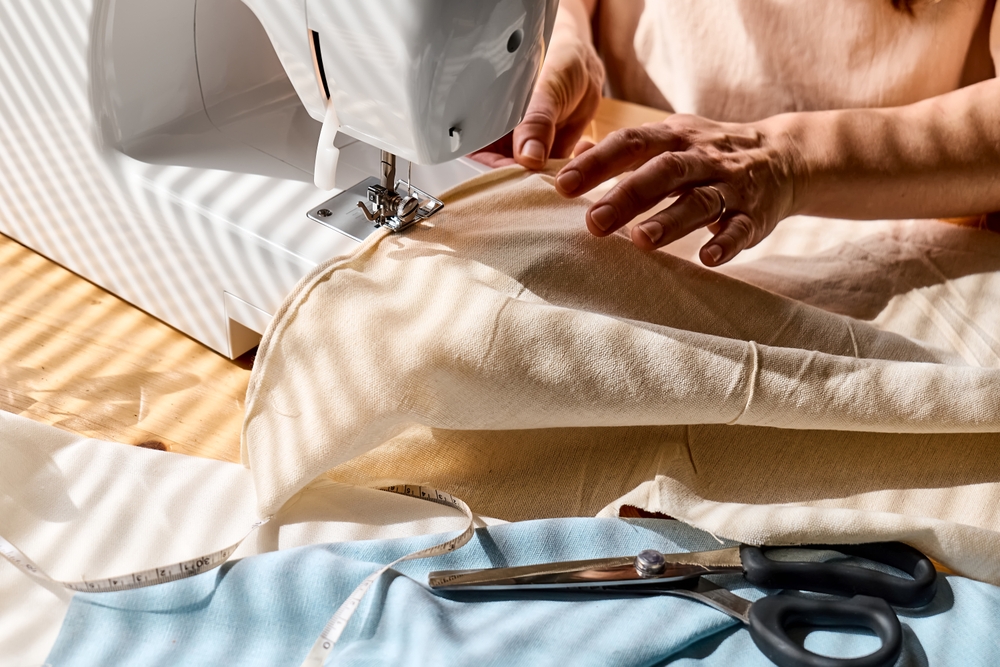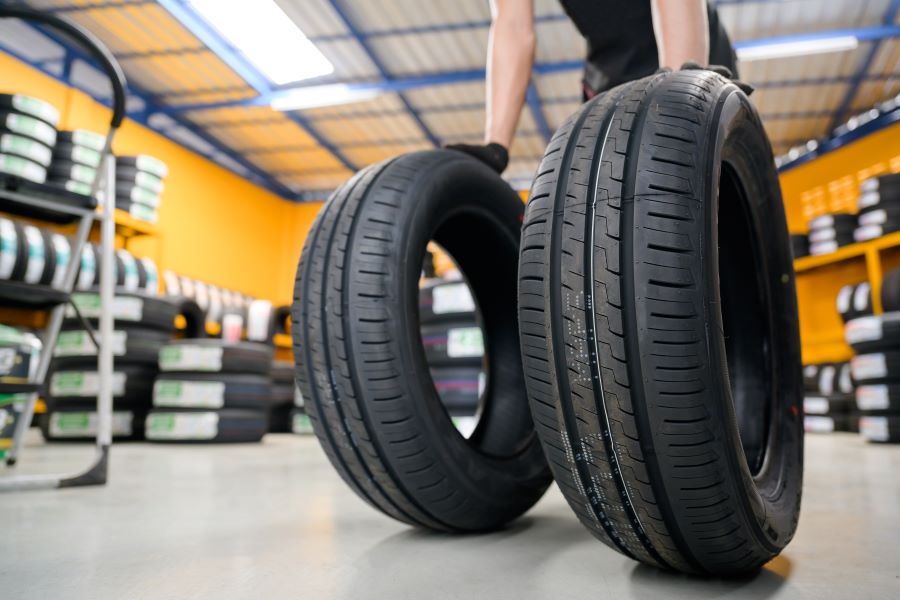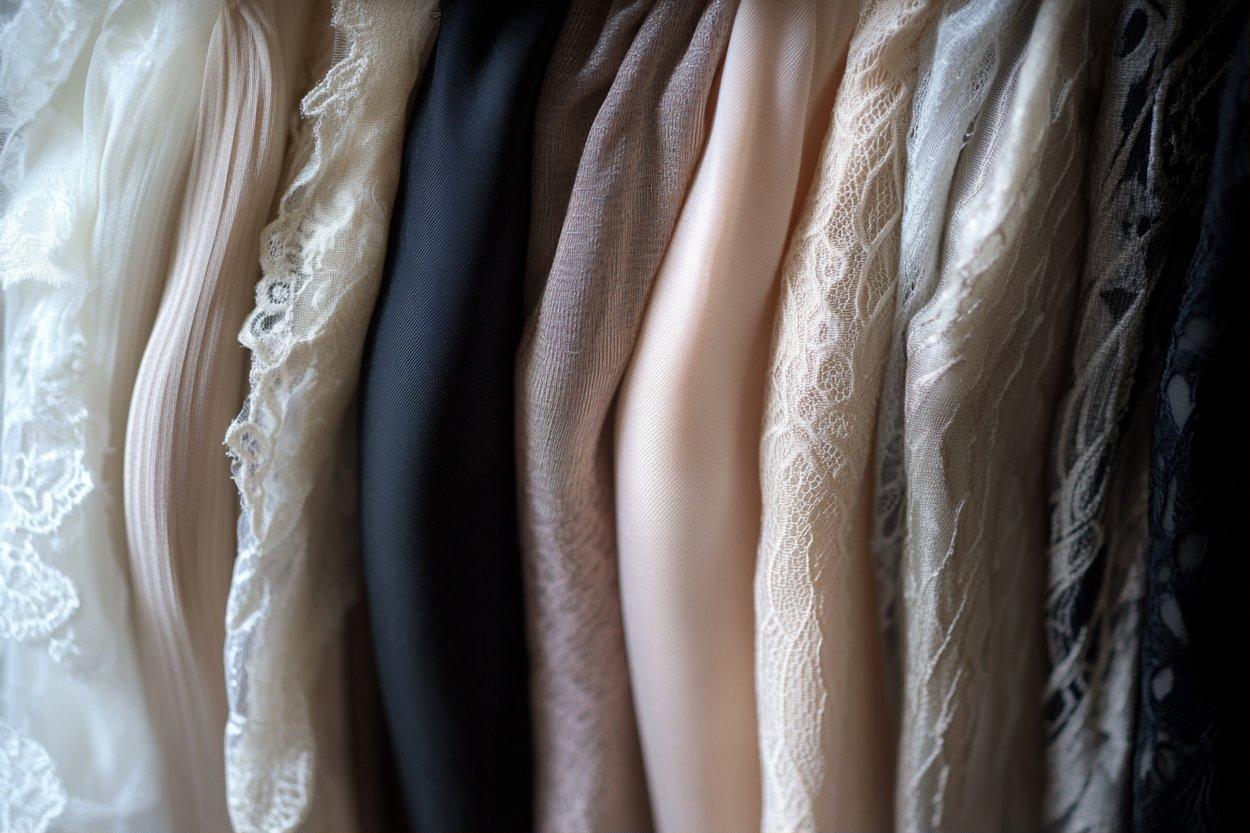The Emergence of Slow Fashion: A New Chapter in Conscious Consumerism
Fashion, as we know it, has undergone a sea change over the years. From the glitzy era of haute couture to the fast-paced trend cycles of fast fashion, the industry has evolved in response to shifting consumer preferences and technological advancements. However, the latest trend marking a significant departure from its predecessors is the rise of 'slow fashion.'

A Snapshot of Slow Fashion’s Genesis
The term ‘slow fashion’ was coined by Kate Fletcher, a renowned fashion and sustainability consultant, in 2007. Inspired by the slow food movement, Fletcher proposed a new fashion paradigm that prioritizes ethical sourcing, conscious consumerism, and environmental sustainability. The concept was a counter-response to the detrimental effects of the fast fashion industry, which is notorious for its environmental pollution and labor exploitation.
The Appeal and Impact of Slow Fashion
Slow fashion is not just a trend; it’s a philosophy that embraces sustainability, ethical production, and quality over quantity. It encourages consumers to invest in timeless pieces that last longer, reducing the environmental impact of fashion waste. The appeal of slow fashion lies in its promise of a more responsible and conscious approach to consumerism.
The influence of slow fashion is evident in the changing consumer behavior. More and more shoppers are turning away from fast fashion brands and are willing to pay a premium for ethically produced, sustainable clothing. The growth of brands like Everlane, Patagonia, and Eileen Fisher is a testament to this shift in consumer preference.
Current Trends and Future Prospects
Today, slow fashion is more than a niche movement. It’s reshaping the fashion industry, prompting brands to adopt sustainable practices and transparency in their supply chain. The trend is also reflected in the growth of second-hand fashion and clothes swapping platforms, reducing the demand for new clothing.
As per a 2020 report by ThredUp, a leading second-hand fashion platform, the resale market is set to hit $64 billion by 2024, highlighting the growing acceptance of used clothing.
The future of slow fashion looks promising as consumers continue to demand transparency, sustainability, and ethical practices from fashion brands.
Smart Shopping in the Era of Slow Fashion
- Opt for Brands with Transparent Supply Chains: Brands that openly disclose their production processes are more likely to adhere to ethical practices.
- Choose High-Quality, Timeless Pieces: Invest in clothes that are designed to last, reducing the need for frequent replacements.
- Support Local Artisans and Craftsmen: Buying local not only supports small businesses but also reduces carbon footprint associated with international shipping.
- Embrace Second-Hand Fashion: Platforms like ThredUp, Depop, and Poshmark offer a wide range of pre-loved clothing, making sustainable fashion more accessible.
In conclusion, slow fashion is not just a fleeting trend; it’s a powerful movement that’s redefining the fashion landscape. By embracing slow fashion, we can contribute to a more sustainable future, one wardrobe at a time. As consumers, we have the power to shape the industry with our choices. So, let’s make those choices count.




